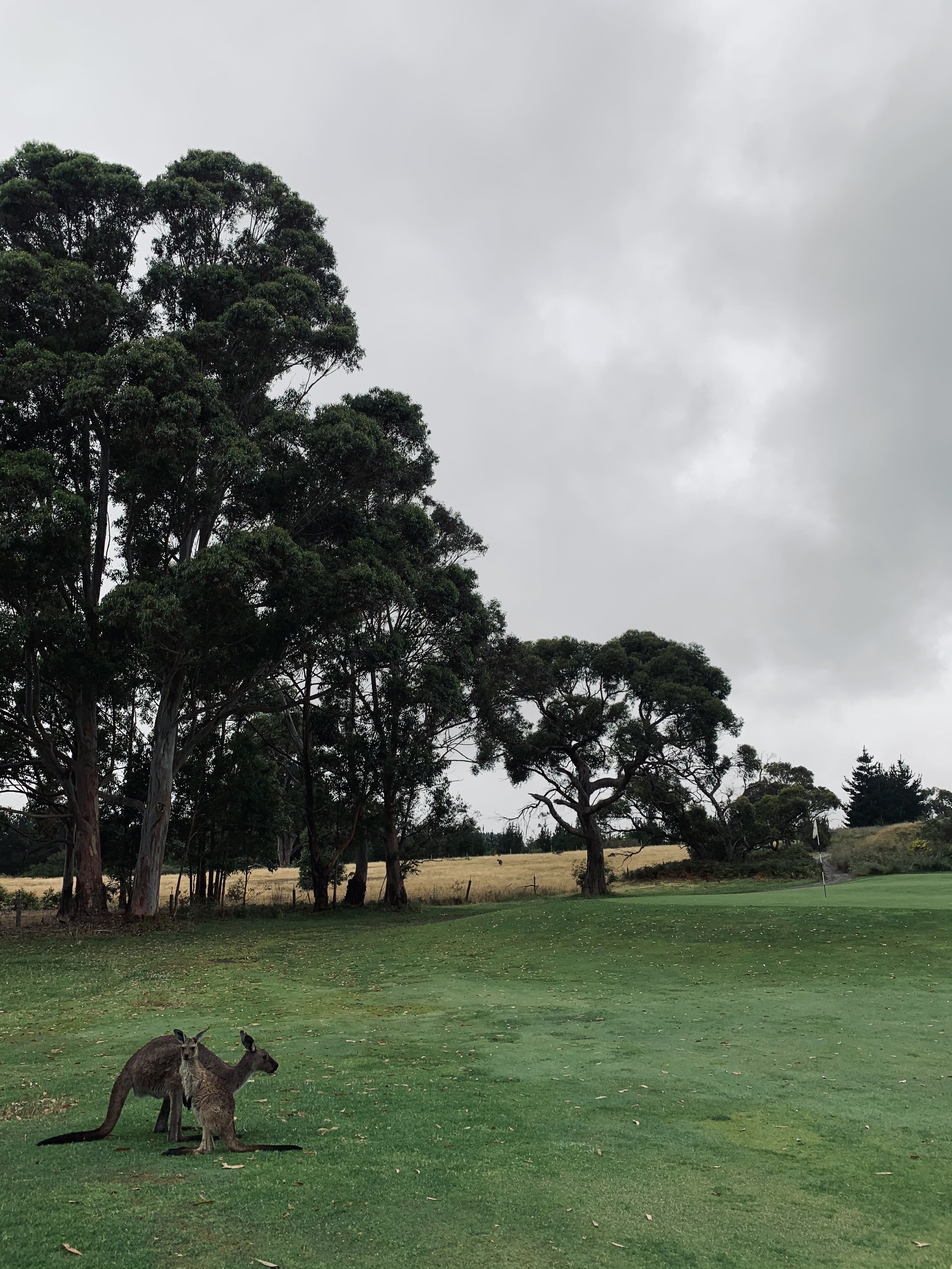Season Two of Bryson DeChambeau's ‘Breaking 50’ series has returned to YouTube for 2025, offering a fresh and electrifying perspective on the game of golf. Bryson, one of the sport's most dynamic and marketable figures, continues to captivate audiences by blending athleticism, intelligence, and unfiltered honesty. In this series, Bryson partners with friends and golf-obsessed celebrities to take on a round of 18 holes from the forward tees with one target in mind: breaking 50 shots. While the format is simple, it injects new excitement into the sport, delivering highly entertaining content for golfers of all experience levels.
A Deeper Conversation: Course Length and Design
What makes ‘Breaking 50’ particularly compelling is its ability to spark important discussions about golf course length and design in relation to preserving championship-level difficulty—an issue that often clashes with the traditions and history of the game. As Bryson navigates these courses, viewers gain insight into the strategic thought process behind the challenge and how playing from the forward tees unveils a new dimension to the sport.
Raw Power Meets Strategy and Skill
While ‘Breaking 50’ emphasizes precision and strategic shot-making, raw power remains a critical factor in achieving the goal. Despite playing from shorter tees, Bryson’s incredible distance and accuracy are still on full display. The format doesn’t diminish his power—it forces him to use it wisely, turning each round into a true test of skill and strategy.
In Episode 1 of Season Two, Bryson used 11 different clubs—coincidentally, the same number he used during his final round at the 2020 U.S. Open at Winged Foot. However, the variety of club selections at the PGA Frisco West Course starkly contrasted with Winged Foot, where he took driver 12 times off the tee, overpowering the course en route to victory. This contrast highlights how forward tees create an entirely different strategic challenge.
As modern golf courses continue to lengthen, many professionals overpower them with sheer driving distance, neutralizing hazards that once shaped the game’s difficulty. While the spectacle of enormous drives can be thrilling, it has, over time, become somewhat monotonous. The emphasis on raw power has overshadowed the finesse, creativity, and strategic elements that make golf so compelling.
A New Perspective on Course Length: The Case for 4,500-Yard Courses
As discussions about technology’s impact on golf intensify, Breaking 50 makes a strong case for incorporating shorter courses into competitive play. Could tournaments be just as exciting on 4,500-yard courses, with professionals shooting in the low 50s? While unconventional, there are clear advantages to this approach.
Advantages of a 4,500-Yard Course:
Dynamic Play – Shorter courses would shift the focus from sheer distance to skill and strategy, making for a more engaging spectator experience while elevating professionals with diverse abilities.
Enhanced Accessibility – More relatable course layouts could attract new players, making golf more inclusive and approachable for broader audiences.
Increased Excitement – With scores closer to 50, every shot becomes critical, heightening the drama and unpredictability of the game.
The goal isn’t to make golf easier—it’s to introduce varied challenges that emphasize decision-making, precision, and adaptability as much as driving distance.
Sustainability Benefits of Shorter Courses
Beyond the strategic and entertainment value, shorter courses present significant sustainability benefits compared to traditional 7,000+ yard layouts. The environmental impact of golf courses, particularly in urban areas, is often overlooked, but embracing 4,500-yard designs offers a more sustainable future for the sport.
Sustainability Benefits of 4,500-Yard Golf Courses:
Reduced Water Usage – With less land to maintain, shorter courses require significantly less water, a crucial factor in drought-prone regions.
Lower Resource Consumption – Fewer fertilizers, pesticides, and maintenance resources make these courses more environmentally friendly and cost-efficient.
Urban-Friendly Design – In densely populated areas, shorter courses alleviate land-use pressures, preserving green spaces for community recreation.
Improved Social Impact – Playing from the same tees—regardless of skill level—fosters inclusivity, making golf more inviting for players of all backgrounds.
Faster Pace of Play – In an era where time is a premium, shorter courses allow golfers to complete rounds more efficiently, making the game more accessible to busy individuals.
Additionally, shorter courses could revolutionize golf course infrastructure. Imagine an 18-hole facility transformed into two 36-hole layouts, doubling capacity, increasing revenue, and improving overall player satisfaction by providing more tee-time availability.
Impacting the Game at a Local Level
Bryson’s Breaking 50 isn’t just influencing professional golf—it’s making waves at the grassroots level. At my own club, I’ve witnessed firsthand how the series has inspired players to recreate the challenge on our course. This shift is breaking down stigmas surrounding forward tees and offering golfers of all skill levels a fresh way to engage with the sport.
Younger players, in particular, are embracing new strategies and rethinking their approach to golf. The once-dismissed forward tees are now being celebrated as a legitimate and exciting way to play the game while improving skills in the process.









